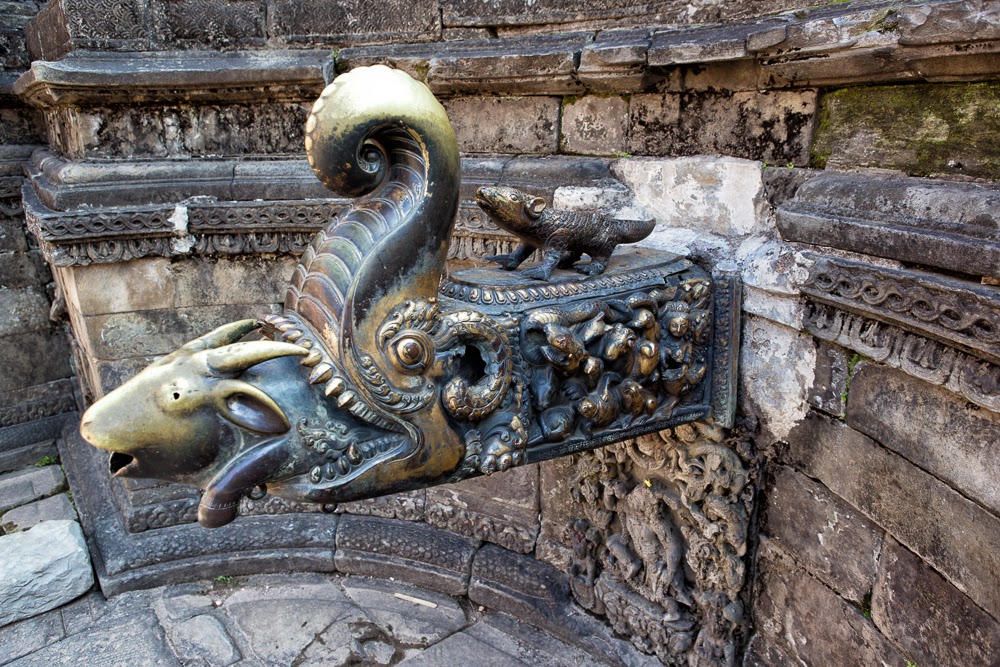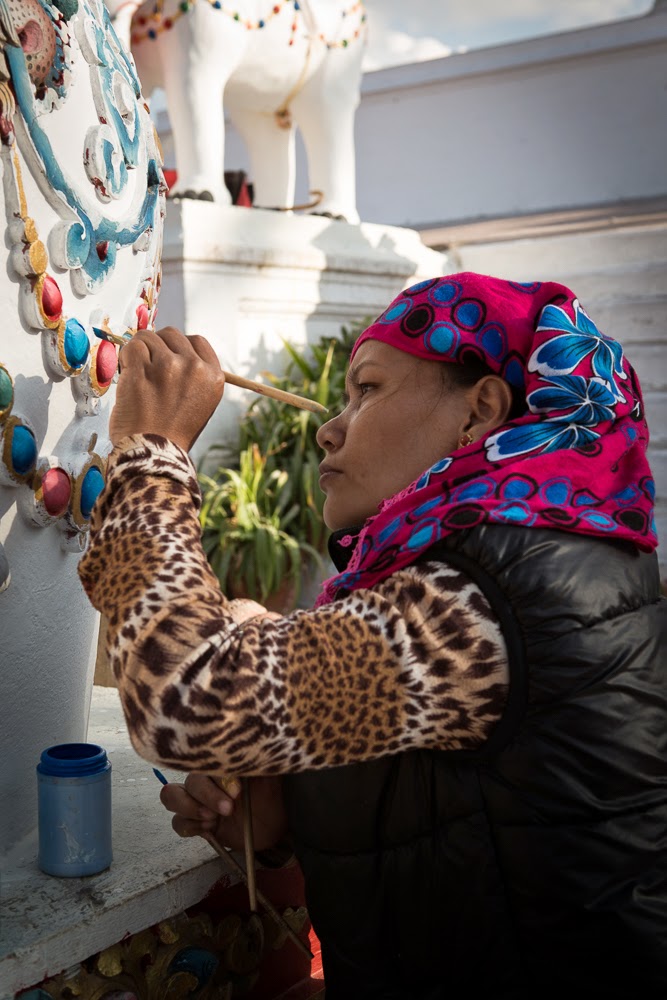 |
| This picture was taken in the small roadside town of Agara Khola. |
 |
| We stopped for Tea in Agara Khola. This young girl loved having her picture taken. She entertained us for most of our tea time. |
 |
| The local men were busy playing a game of carrom. |
 |
| Nepali tea is a milk tea. The clear tea is called black tea. |
 |
| About 1-1/2 later we stopped for lunch and ran into this entertainment group from Jomsom. |
 |
| Hamming it up for the camera. |
 |
| The dancing reminded me of Hawaiian dance moves. |
 |
| This small town had a lot of restaurants and street vendors to serve all of the buses that traveled the route between India and Nepal. |
 |
| We arrived in Bandipur mid-afternoon and immediately went out to photograph. This lady was sitting outside a sewing shop. |
 |
| Shucking beans. |
 |
| This gentleman let me come into his shop for this picture. |
 |
| There were a lot of children playing in town. |
 |
| I walked about a mile outside of town to checkout a spot for the next morning's sunrise picture. This looked promising. It was quite smoking this evening. Hoping for great light in the morning. |
 |
| Got up at 5:15. Walked back to the same location and this is what greeting me. On Oct 31st we headed to the mountain villages. Hope we get some clear weather there. |
 |
| Bandipur is loss in the fog. |
 |
| On our drive to Pokhara we came across one group pf rice harvesters. The four women were adamant about not having their picture taken. But this gentleman was happy to let us take his picture. |
 |
| Busy threshing. He is hitting the rice stalks against the rock. You can see the rice kernels in the air around his legs. |
 | ||
| It is tropical in this area of Nepal. Pokhara is 500 meters above sea level. Rice, bananas, and citrus grow in this area. |































































